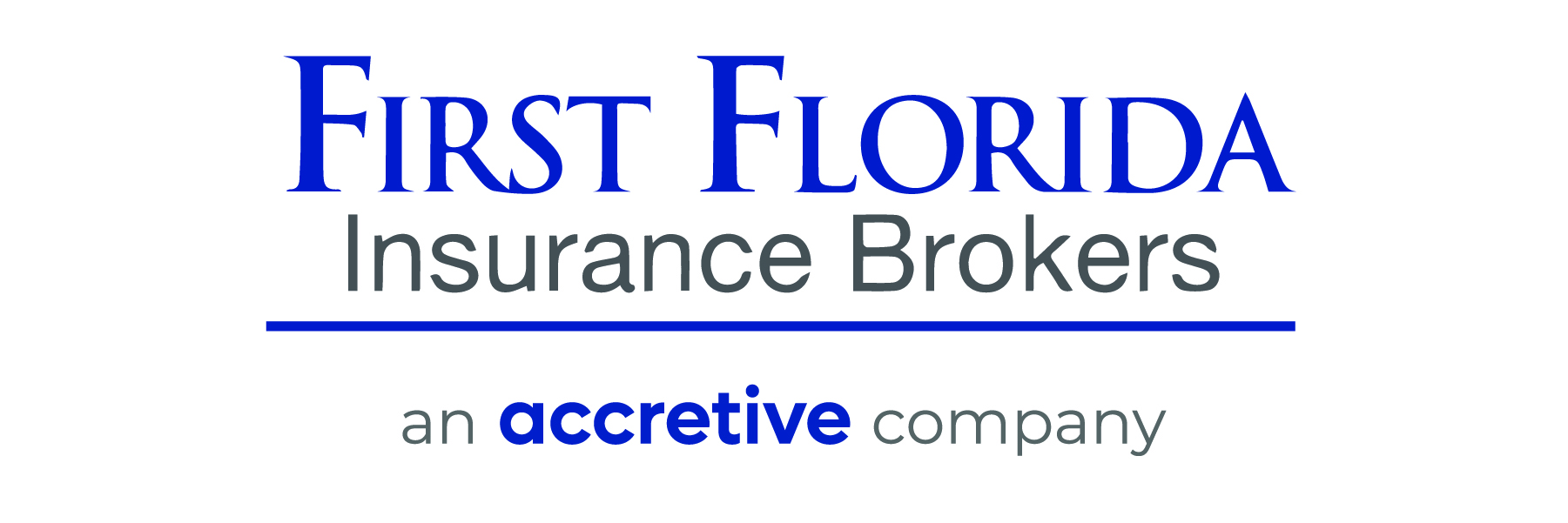Compliance for Cafeteria Plans
As benefits administration becomes more and more complicated, compliance is on everyone’s to-do list. In the compliance world of never-ending change, the following is a refresher course for employers on just two compliance requirements for Internal Revenue Code Section 125 Cafeteria Plans that haven’t changed – nondiscrimination testing and Form 5500 filing obligations.
What are the Nondiscrimination Tests?
The overall “25% Concentration test” compares all the Cafeteria Plan benefits elected by key employees with all the Cafeteria Plan benefits elected by non-key employees. Not more than 25 percent of the total benefits elected by all employees may be attributed to key employees.
Here’s an example. All elections to the Cafeteria Plan add up to $35,000. Of those total elections, key employee elections equal $5,000. Key employee elections are about 14 percent of the total elections to the plan ($5,000/$35,000). In this example, the Cafeteria Plan passes the 25% Concentration test.
The “55% Average Benefits test” involves just the dependent care portion of the FSA plan. The average dollar amount of benefits elected by non-highly compensated employees must be at least 55 percent of the average dollar amount of benefits elected by highly compensated employees.
In this example, let’s assume that highly compensated employees’ elections are $10,000 to the dependent care portion of the plan and there are five highly compensated employees in the company. Non-highly compensated employees elect $19,500 to the dependent care portion of the plan and there are 13 non-highly compensated employees. The highly compensated average dollar amount is $2,000 ($10,000/5). The non-highly compensated average dollar amount is $1,500 ($19,500/13). The average dollar amount of benefits elected by non-highly compensated employees is 75 percent of the average dollar amount of benefits elected by highly compensated employees ($1,500/$2,000). In this example, the dependent portion of the FSA plan passes the 55% Average Benefits test.
The “25% Owner test” compares the dependent care benefits elected by more-than-5% owners of a company with dependent care benefits elected by non-owners. Not more than 25 percent of the total dependent care benefits elected by everyone in the dependent care benefit may be attributed to more-than-5% owners.
An example of this test would consist of a $5,000 election to the dependent care portion of the plan by a more-than-5% owner and elections in the amount of $19,500 made by all non-owners. The more-than-5% owner’s election is 20 percent of the total benefits elected to the dependent care portion of the plan ($5,000 + $19,500 = $24,500)($5,000/$24,500). In this example, the dependent care portion of the plan passes the 25% Owner test because only 20 percent of the dependent care benefits were elected by the more-than-5% owner.
Eligibility, benefits available and contribution and benefits tests. These tests ensure that employers offer all benefits to an adequate number of employees and benefits do not discriminate in favor of highly compensated or key employees.
In the event the Cafeteria Plan does not meet all the nondiscrimination requirements, employers may need to complete benefit election and payroll changes to bring the plan into compliance.
Form 5500 Obligation
A frequently overlooked responsibility for Cafeteria Plan sponsors is Form 5500 filings under certain circumstances. The IRS Notice 2002-24 suspended the filing requirement imposed on cafeteria and fringe benefit plans in 2002. However, do not be misled! The filing requirement for welfare plans remains unchanged.
What is a welfare benefit plan?
Welfare benefit plans provide benefits such as medical, dental, life insurance, apprenticeship and training, scholarship funds, severance pay and disability. Health flexible spending accounts (FSAs) contained inside Cafeteria Plans and Health Reimbursement Arrangements (HRAs) qualify as welfare benefit plans.
Who must file a Form 5500?
Employers that sponsor welfare benefit plans covered by Title I of ERISA, with 100 or more participants at the beginning of the plan year, are required to file a Form 5500 for those plans. However, there are a couple of exceptions that apply, depending on the type of employer sponsoring the plan. A general exception applies to:
• A governmental plan; or
• A church plan under ERISA section 3(33)
The plan may not be exempt from filing if:
• it is deemed to have plan assets;
• plan funds are separated from the employer’s general assets;
• plan funds are held in trust; or
• plan funds are forwarded to a Third Party Administrator.
Most non-exempt employer plans will complete all questions on Form 5500. Depending on the funding arrangement or payments from the plan, attaching Schedules may be applicable.
However, since 2009 the “Instructions for Form 5500″ were modified to make clear that plans that are paid from the general assets of the employer need not file Schedule C.
When does a welfare benefit need to file a Form 5500?
Forms must be filed by the last day of the 7th calendar month after the end of the plan year. A plan may obtain a one-time extension of time to file. Form 5558 must be sent by the original due date in order to gain a 2 1/2 month extension of time in which to complete and file the Form 5500.

